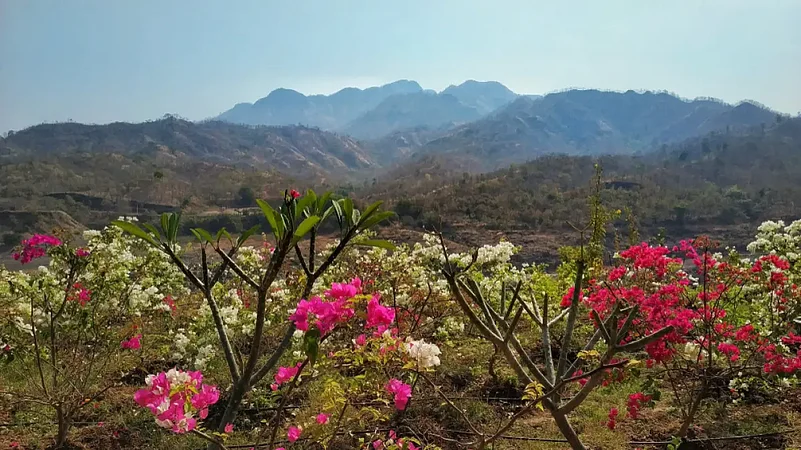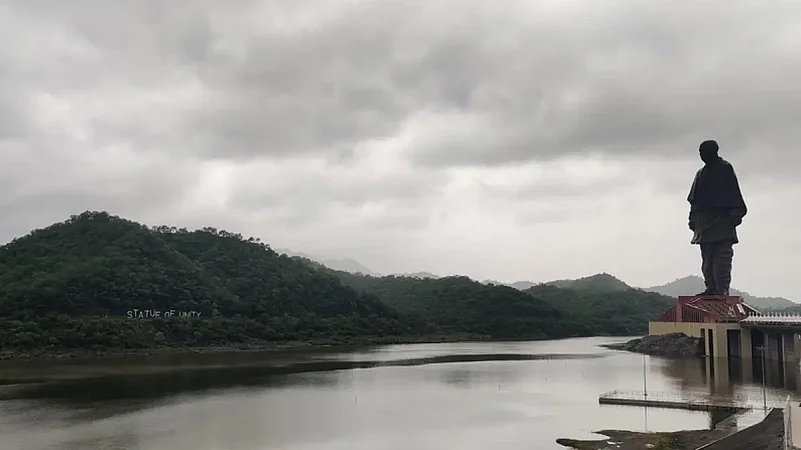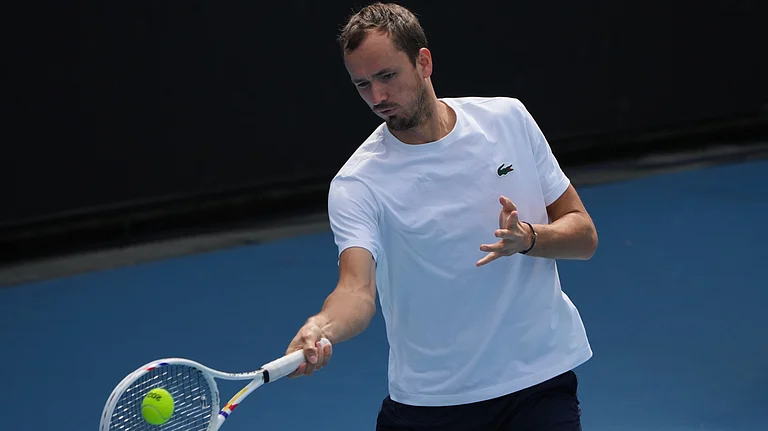The Iron Man of India, Sardar Vallabhbhai Patel, was born in a Gurjar farming family. Over the ears, he played a leading role in India’s freedom struggle and single-handedly integrated more than 500 princely states into the Union of India. Reason enough for a tourist trail to be built around the life and times of Sardar in Gujarat, his home state. From his family home in Karamsad to the Sardar Sarovar Project and the world’s tallest statue— there’s plenty to see.
Sardar Patel’s family home, Karamsad
One of India’s tallest leaders, Sardar Vallabhbhai Patel, was born in Nadiad on October 31, 1875, to Jhaverbhai, a farmer, and Laad Bai. He then spent the early years of his life in the family home in Karamsad, a small town in Anand district. The mud-brick building was also the home of his elder brother, Vithalbhai Patel, a renowned political leader, and a younger brother and sister. The ancestral home is now preserved as a memorial to Sardar; it also serves as the headquarters of the Sardar Patel Trust. Karamsad also houses a magnificent memorial to Sardar Patel. Spread across seven acres and set in verdant green landscapes, the structure includes a photo gallery. There is also an exhibit of belongings and memorabilia, including the Bharat Ratna awarded to him.
Timings 9am-6pm
Sardar Sarovar Dam, Kevadia

It was Sardar Patel’s dream that the water of the Narmada River, 98 percent of which was wasted, be put to use. One of 30 dams planned on the Narmada, Sardar Sarovar Dam—often called the lifeline of Gujarat—is the second largest concrete dam in the world in terms of the volume of concrete used. Nestled in the foothills and surrounded by natural beauty, the dam site is gorgeous in the monsoon when the dam overflows. Timings 8.30am-5.30pm
Sardar Vallabhbhai Patel National Memorial, Ahmedabad
The Moti Shahi Mahal, a palace built by Mughal emperor Shah Jahan between 1618 and 1622, is home to the Sardar Vallabhbhai Patel National Memorial. Located in Shahibaug, the museum and exhibition centre dedicated to Sardar Patel is surrounded by well-laid gardens. The building has four wings and one central hall. The central hall showcases portraits of Patel, his family, friends, and colleagues during the Indian freedom struggle. Relics of Patel’s life, his personal possessions, and accounts and cartoons from newspapers of the time are displayed in two of the four rooms. One room spotlights Sardar’s youth, education and legal career, his comradeship with Mahatma Gandhi, and his work in integrating the princely states. His personal effects, including his khadi kurta, jacket, dhoti, shoes, and more, are on display. A hall is devoted to the Sardar Sarovar Project, a large dam and hydroelectric power plants project on the Narmada River.
Timings 9.30am-5pm; Monday closed
Statue of Unity, Kevadia

The home of Sardar Patel now also houses the world’s tallest statue! The colossal structure, which rises to a height of 579 feet above the ground on a river island in the Narmada river valley, is an astonishing likeness of Sardar. Construc- tion of the statue, which faces the Sardar Sarovar Dam, began in 2013 and was completed in 2018. It was designed by Padma Bhushan-winning sculptor Ram V Sutar, and used a whopping 70,000 tonnes of cement, 18,500 tonnes of steel bars, 6,000 tonnes of structural steel, and 1,700 tonnes of bronze.
Timings 8am-6pm; Monday closed
Sardar Patel National Museum, Bardoli
It was the women of Bardoli who bestowed the iconic title Sardar on Vallabhbhai Patel. The title, which means chief or leader in Gujarati and many Indian languages, was earned spon- taneously and affixed to his name permanently. The Bardoli Satyagraha of 1928 is con- sidered a major episode of civil disobedience in the Indian Independence movement when the peasants of the taluka revolted against the increase in land revenue by the British. The Sardar Patel National Museum, in Bardoli, is spread across 20 rooms, and showcases rare photographs and dioramas from Sardar’s life, and stunning oil-painted portraits of satya- grahis and activists. One also comes upon rare visuals of the Bardoli episode in Indian Independence such as arrests of activists and Sardar mobilising farmers.
Timings 10am-5pm; Closed Wednesday, 2nd and 4th Saturday
Valley of Flowers, Kevadia

The Statue of Unity welcomes all visitors with a colourful carpet, courtesy the Valley of Flowers that has been developed along the banks of the Narmada by the Forest Department of the Government of Gujarat. Spread over 230 acres, the beautifully landscaped gardens have more than 100 types of flowers, as well as climbers and colourful grasses.





















